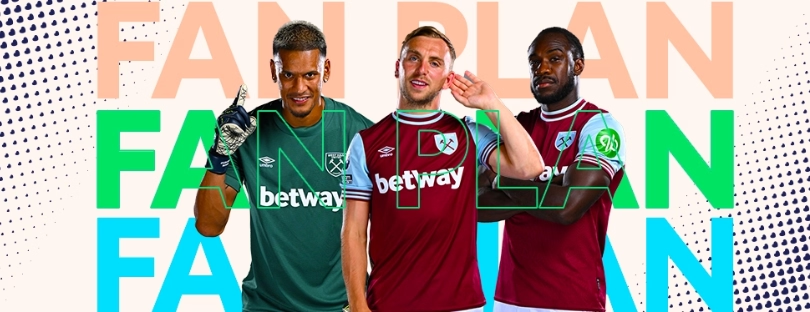
Vodafone Germany sees 80% more fixed calls during Covid-19 outbreak
Vodafone Germany said it recorded an 80 percent increase in the number of calls made over the fixed network in March during the Covid-19 crisis compared to a month before the pandemic. The increase had an impact on the DSL fixed network and cable network. Vodafone Germany fixed network
Mobile communications grew by 37 percent in March. Data traffic in the fixed network rose by 14 percent in March 2020 and the data volume in the mobile network grew by 9 percent. Our networks operated very stably overall despite the increased load.
Vodafone is expanding its networks despite Corona Vodafone Germany fixed network
Even in Corona times, Vodafone has completed over 1,000 LTE construction projects in the past four weeks, thus installing new LTE antennas for more than 140,000 German citizens. The expansion is done with a sense of proportion – especially for trouble-free networks.
Find out more about Germany’s fixed network, along with current trends and key players:
- Fixed broadband penetration: According to the latest data from the OECD, Germany had a fixed broadband penetration rate of 40.2 subscriptions per 100 inhabitants as of June 2021.
- Internet speed: The average broadband speed in Germany was 52.4 Mbps as of Q1 2021, according to Speedtest Global Index.
- Key players: The fixed broadband market in Germany is dominated by a few major players, including Deutsche Telekom, Telefonica, Vodafone, and 1&1 Drillisch.
- Fiber optic rollout: Germany is in the process of rolling out fiber optic broadband across the country, with the goal of providing gigabit-capable connections to as many households as possible. As of December 2020, fiber networks covered 14.9% of households in Germany, according to the Federal Network Agency.
- DSL and cable: Despite the focus on fiber, DSL and cable internet remain important technologies in Germany’s fixed network. As of June 2021, DSL connections accounted for 23.7% of all fixed broadband subscriptions, while cable connections accounted for 32.7%.
- Rural connectivity: Rural areas in Germany often have limited access to high-speed internet. The government has launched several initiatives to improve rural connectivity, including a broadband fund to support the expansion of high-speed networks in underserved areas.
- Mobile broadband: While this is not part of the fixed network, it is worth noting that mobile broadband is increasingly popular in Germany. As of June 2021, there were 116.2 mobile broadband subscriptions per 100 inhabitants in the country.
Overall, the fixed network in Germany is undergoing significant change as the country works to improve broadband speeds and expand fiber optic networks. Key players in the market are working to meet these goals and improve rural connectivity, while mobile broadband remains a popular option for many users.








